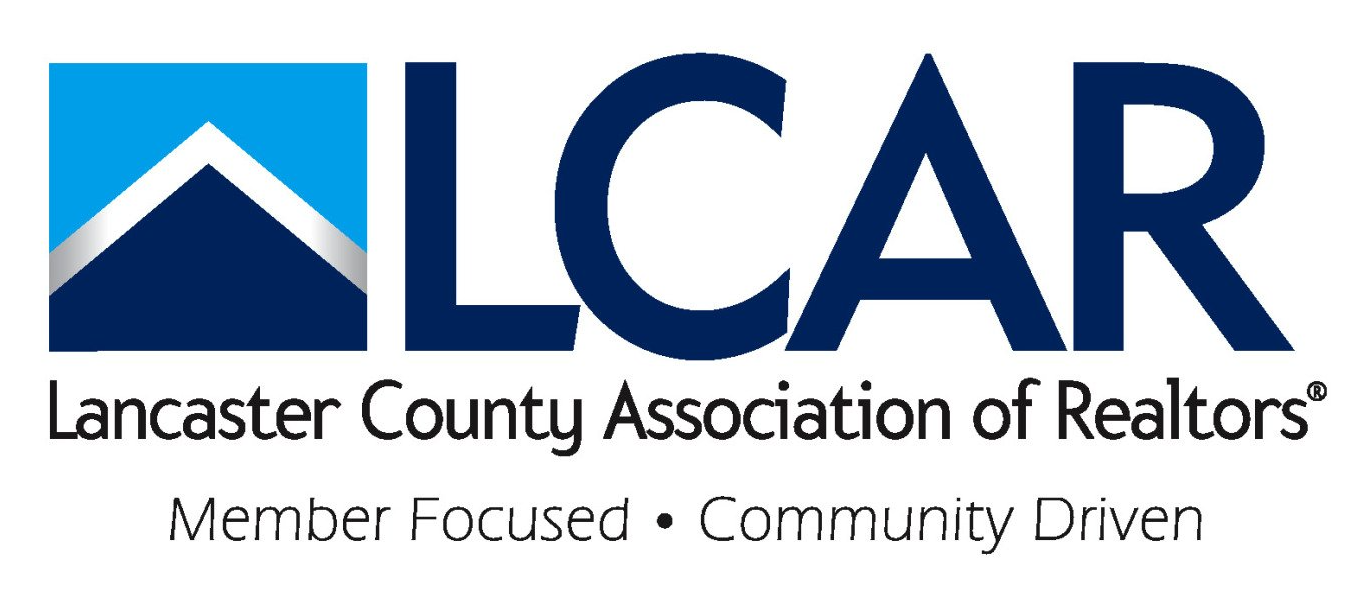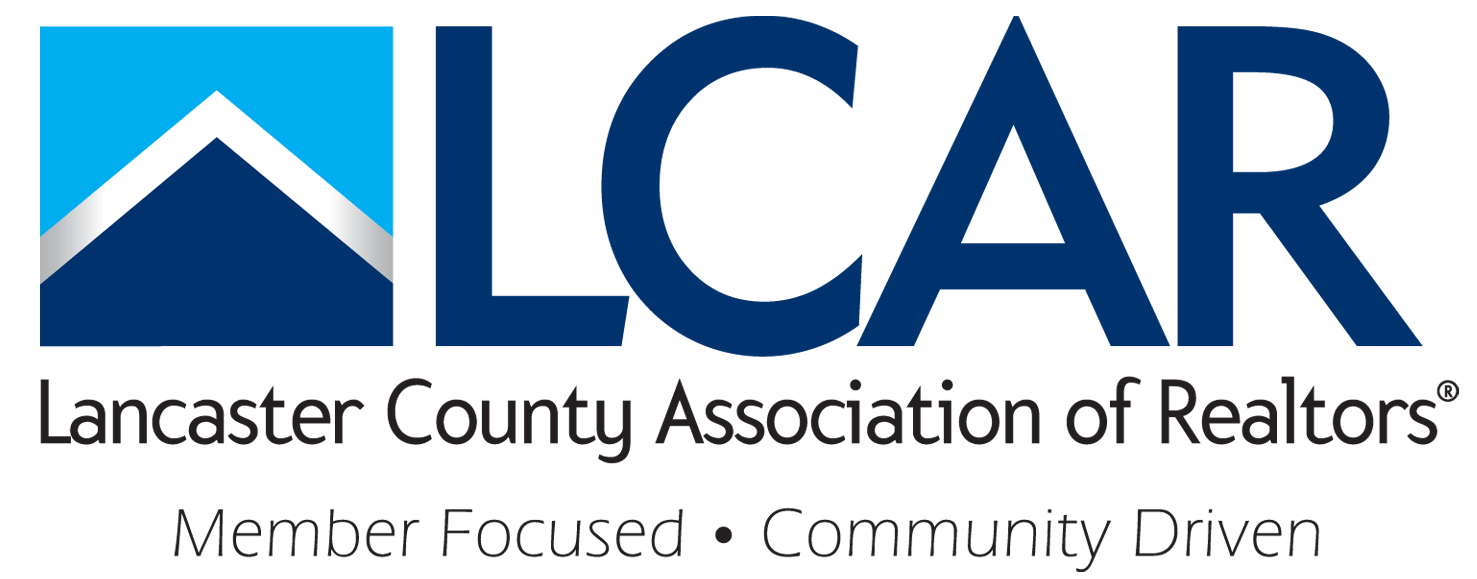The Peril of Electronic Signatures

What percentage of the agreements you draft are signed via eSignature software? For most of you, it’s a high percentage.
The impersonal method of presenting contracts for signature breathes a renewed vigor into an old complaint. The old complaint is that “I didn’t know what I was signing.” That complaint today is more credible when the document is not reviewed with the client in person.
Because most of my law practice involves representing real estate brokers and salespersons in malpractice cases, I see it all too well. Clients miss deadlines, or they now regret waiving inspection contingencies, fail to note that the property is enrolled in a preferential tax program or who knows what else. Chances are that the licensee’s defense is rooted in the agreement of sale. The agreement explains everything and it offers more than sufficient instructions, cautions and safeguards. If the client chooses not to read the agreement, that is one thing; if the client is given no opportunity to review the agreement, that’s another.
How do you review for your client a document that he/she will e-sign? The best practice is to meet in person but if that is not practical, then a detailed telephone conversation can work. You and the client have to be on the same page, literally. Expect the call to take at least forty-five minutes because you are going to go through the agreement paragraph by paragraph except for those provisions that do not apply to the transaction.
I don’t argue that you have to read the agreement, but you do have to paraphrase it with accuracy and detail. What is meant by marketable title as opposed to title that is free and clear? Does the buyer know that signing the standard agreement means buyer agrees to take title even if it is burdened with easements? Are you prepared to discuss all of the other nuisance presented by the agreement? I cannot over-emphasize the need to learn the agreement, backwards and forwards!
A carpenter certainly knowns how to use the tools of his or her craft. Your go-to tool is the agreement of sale and there is no excuse for not knowing the meaning of every clause in it. PAR has the resources you need, especially in its Guidelines for preparation and use of the agreement.
You will know when you have properly explained the agreement because your client will groan or surrender or signify their understanding some way. That’s good. You want your clients to know that you did a thorough job. You want it so that they will never have the courage to make up a story that you didn’t properly review the agreement before they signed.
Copyright © James L. Goldsmith, Esquire 2023
All Rights Reserved.
Mr. Goldsmith is an attorney with Mette, Evans & Woodside. He serves as outside legal counsel to numerous Realtor Associations and was a staple on the PAR Legal Hotline for many years. A substantial portion of his practice is dedicated to providing advice and counsel to real estate licensees. He defends real estate salespersons and brokers in civil lawsuits and licensing claims across the Commonwealth. He represent Realtors® in disciplinary cases conducted before the Real Estate Commission. Jim was one of the voices of the PAR Legal Hotline for the first 27 years following its inception in 1992.












